Explore the silence around these crucial stories, the tension between decolonising education and parental backlash, and why learning real history matters now more than ever.
Saying Kia Ora but Forgetting Parihaka
In classrooms across New Zealand, it’s common to hear teachers greet students with a warm, “Kia ora!”—a simple phrase brimming with cultural respect and connection. Yet, while schools embrace this Māori greeting, many stop short of teaching the full, uncomfortable truths of Aotearoa’s past. Questions remain painfully unanswered: Why do so many curriculums gloss over the stories of colonisation, the brutal New Zealand Wars, and the widespread theft of Māori land? Why is the peaceful resistance at Parihaka still barely mentioned?
This silence in education is not just an omission—it’s an active erasure with deep consequences. It shapes how future generations understand their country, their identity, and the ongoing impact of historical injustice. At a time when calls to decolonise the curriculum grow louder, the tension between progressive educators and resistant parents or political voices becomes more visible than ever.
This article dives into why New Zealand’s history curriculum remains incomplete, the impacts of this silence, and what a truly honest education could look like for all students in Aotearoa.
Part 1: Saying Kia Ora but Forgetting Parihaka — The Cultural Contradiction in NZ Classrooms
The phrase “Kia ora” has become one of the most widely recognized Māori words throughout New Zealand. It’s a greeting that conveys life, health, and well-being, used daily in schools, workplaces, and government institutions. To outsiders, this simple expression suggests a respectful embrace of Māori culture within mainstream New Zealand society.
But beneath this surface lies a troubling contradiction: While the language of tangata whenua (people of the land) is welcomed, the stories of their history—especially those relating to colonisation, conflict, and land loss—remain largely absent or deeply simplified in many school curriculums.
Take Parihaka, for example. This small West Coast Taranaki village was the site of one of the most significant and peaceful acts of Māori resistance against European colonisation in the 19th century. Led by Te Whiti o Rongomai and Tohu Kākahi, Parihaka became a symbol of passive resistance against the Crown’s land confiscations and military invasions.
Yet, many students leave school unaware of the full story of Parihaka — its peaceful protests, the violent Crown raids of 1881, and the ongoing legacy of trauma and resilience it represents. This gap raises questions: How can schools truly honour Te Tiriti o Waitangi (the Treaty of Waitangi) and the partnership it promised if such critical chapters are omitted? How does this selective teaching shape young New Zealanders’ understanding of their nation’s identity and justice?
This cultural contradiction reflects a broader issue within New Zealand education—where superficial gestures of inclusion like language use coexist with a reluctance to confront uncomfortable truths. It is a silence that speaks volumes about power, history, and the future of Aotearoa’s bicultural journey.
Part 2: A Sanitised Curriculum — What Our Kids Are Really Taught
Despite growing calls for a more truthful and inclusive recounting of New Zealand’s history, the reality in many schools remains one of a sanitised, surface-level curriculum. For decades, the history taught in classrooms has largely prioritised familiar narratives—stories of ANZAC heroism, European settlers’ progress, and broad overviews of Māori culture—while skimming past the harsher realities of colonisation, land confiscation, and armed conflict.
What does the official curriculum say?
The New Zealand Curriculum (NZC), last refreshed in 2007, outlines broad learning areas but leaves much of the interpretation and depth of teaching to individual schools and teachers. Social Studies, where history is often taught, encourages understanding of identity, culture, and citizenship but stops short of mandating detailed study of controversial colonial events.
At the secondary school level, the National Certificate of Educational Achievement (NCEA) includes achievement standards on New Zealand history. Yet, these often focus on later 20th-century topics such as Māori urban migration, the Māori Renaissance, or Treaty claims, rather than the foundational conflicts and land grievances of the 19th century.
The effect?
This leaves many students with a fragmented or simplified understanding. The New Zealand Wars—conflicts that shaped the nation and led to extensive land confiscations—are often relegated to brief chapters or optional lessons. The systemic processes behind land loss and the Crown’s role in undermining Māori sovereignty are frequently glossed over or framed in ways that minimise the gravity of these actions.
Why does this sanitisation happen?
Several factors contribute:
Curriculum constraints: Teachers must cover a wide syllabus, limiting time for in-depth exploration.
Teacher preparedness: Many educators feel under-equipped to teach complex, contested history confidently.
Political and societal pressure: Sensitivities around Māori–Pākehā relations sometimes discourage tackling difficult topics.
Comfort and consensus: The ‘safe’ narratives of nation-building and Anzac heroism are more universally accepted and less likely to provoke backlash.
Real impact in classrooms
For many students, this means history classes don’t fully reflect the realities of the land they live on and the people whose rights were taken. Māori students, in particular, may experience disconnection or frustration when their histories are marginalised or told through a predominantly Pākehā lens.
Looking ahead
In recent years, there have been efforts to revise and deepen history education—such as the Ministry of Education’s 2022 announcement of a refreshed history curriculum focusing more on te Tiriti o Waitangi and the New Zealand Wars. However, implementation remains uneven and contentious, reflecting the wider societal tensions over how much history should be told, and how.
Part 3: The Missing Chapters — Colonisation, Land Theft, and the New Zealand Wars
One of the most glaring absences in much of New Zealand’s school history curriculum is a thorough, honest exploration of colonisation, the New Zealand Wars, and the systematic confiscation of Māori land. These are not just historical footnotes—they are foundational to understanding Aotearoa’s modern social and political landscape.
Colonisation: More Than Just Arrival
Colonisation in New Zealand began in the early 19th century but was marked by far more than peaceful settlement. It involved complex and often violent processes where Māori social, economic, and political structures were disrupted, undermined, and replaced. The signing of Te Tiriti o Waitangi in 1840 was intended to establish a partnership between Māori and the British Crown, but misunderstandings and breaches led to conflict and dispossession.
The New Zealand Wars: Conflict Over Land and Sovereignty
Between 1845 and 1872, New Zealand was rocked by a series of conflicts collectively known as the New Zealand Wars or Land Wars. These were fought primarily over Māori resistance to the Crown’s efforts to acquire land and assert sovereignty.
Key conflicts include:
The Northern War (1845–1846): Early clashes in the north triggered by disputed authority and land issues.
The Waikato War (1863–1864): One of the largest campaigns where Crown forces invaded Waikato territory, leading to mass land confiscations.
The Taranaki Wars (1860–1861, 1863–1866): Centered around contested land sales and Māori resistance.
The Parihaka occupation (1881): Although after the main wars, it was a critical moment of peaceful resistance met with military invasion.
Despite their significance, these wars are often condensed into brief overviews in classrooms, framed as inevitable or minor conflicts rather than as devastating struggles that shaped New Zealand’s colonial legacy.
Land Confiscation: The Theft that Changed the Land
The most lasting impact of the New Zealand Wars was the confiscation of large swathes of Māori land by the Crown under the New Zealand Settlements Act 1863. This legalised seizure was intended as punishment for “rebellion,” but in reality, it dispossessed entire iwi and hapū, stripping them of economic foundations and mana (authority).
Many confiscated lands were sold or given to European settlers, fueling rapid colonial expansion at enormous cost to Māori communities.
Why Aren’t These Stories Taught Fully?
There are multiple reasons for this omission or minimisation:
National narrative framing: Emphasising settler success and progress often overshadows the uncomfortable truths of violent conquest and dispossession.
Fear of division: Some educators and policymakers worry that teaching these realities could create division or guilt among Pākehā students.
Political sensitivities: Land claims and Treaty grievances remain contentious issues in New Zealand politics, influencing curriculum choices.
The consequence?
Students often leave school unaware of the scale of Māori loss and resistance, and the Crown’s role in these injustices. This lack of knowledge not only disrespects the mana of tangata whenua but also hinders all New Zealanders from understanding the roots of current social inequalities and the importance of genuine partnership under Te Tiriti o Waitangi.
Part 4: The Human Cost of Silence — Generational Erasure and Māori Disconnection
When schools fail to teach the true history of colonisation, the New Zealand Wars, and land theft, the consequences ripple far beyond the classroom. This silence has a profound human cost, particularly for Māori students and communities whose histories are marginalised or erased altogether.
Impact on Māori Identity and Wellbeing
Education is a critical space where identity is formed and affirmed. When Māori students see only fragments—or worse, distorted versions—of their ancestors’ stories, it can create feelings of invisibility, disconnection, and cultural alienation.
Research and testimonies from Māori learners and educators reveal that a curriculum that sidelines Māori perspectives and experiences contributes to:
Lower engagement and achievement: When students don’t see their whakapapa (genealogy) and histories reflected, their motivation and sense of belonging can diminish.
Loss of cultural confidence: The failure to learn about tūpuna (ancestors) and their struggles weakens pride and knowledge in Māori heritage.
Intergenerational trauma: The omission of the painful realities of land loss and warfare can perpetuate cycles of trauma by denying the context for ongoing social and economic challenges.
The Erasure of Collective Memory
For non-Māori students, the absence of true history means missing the chance to develop a full understanding of Aotearoa’s past and present. This gap perpetuates ignorance, stereotypes, and misunderstanding between communities.
Without confronting colonial violence and injustice head-on, New Zealand risks repeating the same patterns of denial and cultural marginalisation that Māori have long fought against.
Voices from the Community
Educators like Dr. Rangimarie Turuki Rose Pere have long advocated for education that honours Māori perspectives, histories, and language—not as add-ons, but as foundational elements.
Māori students and whānau express a deep desire for schools to teach history that reflects their lived realities, acknowledges injustices, and validates their identity as tangata whenua.
In sum, the silence around New Zealand’s real history in schools is not neutral—it actively harms Māori individuals and communities, and impedes the nation’s progress towards genuine bicultural understanding and partnership.
Part 5: Decolonising the Classroom — What It Really Means
The call to decolonise the New Zealand classroom is more than a political slogan—it’s a vital movement toward reshaping education so it genuinely reflects Aotearoa’s bicultural identity, honours Te Tiriti o Waitangi, and confronts the realities of colonisation.
Defining Decolonisation in Education
Decolonising education involves critically examining and dismantling the colonial frameworks embedded in teaching materials, methods, and institutional structures. It means shifting away from Eurocentric narratives that have historically dominated classrooms and replacing them with curricula that centre Māori perspectives, histories, and worldviews.
This process requires:
Truth-telling: Teaching the full scope of history—including colonisation, land confiscations, and Māori resistance.
Cultural revitalisation: Integrating te reo Māori, tikanga (customs), and mātauranga Māori (Māori knowledge) into everyday learning.
Power-sharing: Collaborating with iwi and hapū to develop and deliver content that respects Māori authority and knowledge.
Critical thinking: Encouraging students to question accepted histories and understand the ongoing impacts of colonisation.
Examples of Decolonising Practice
Some New Zealand schools and educators are leading the way with innovative approaches:
Te Hurihanganui initiative by the Ministry of Education supports schools to embed Te Tiriti principles across their curriculum.
Schools partnering with local iwi to deliver authentic history lessons and cultural experiences.
Inclusion of Māori worldviews across subjects, not just social studies—integrating mātauranga Māori into science, arts, and environmental education.
Teacher professional development focused on cultural competency and historical awareness.
Challenges and Opportunities
Decolonising education is a complex process and not without challenges:
Teachers often need more training and resources.
Some communities resist change, fearing disruption of established narratives.
Structural changes in the education system take time and sustained commitment.
However, the opportunities are profound:
Fostering a more inclusive and honest national identity.
Building stronger relationships between Māori and non-Māori students.
Equipping all young New Zealanders with critical historical awareness to engage thoughtfully in society.
Decolonising the classroom is not about rewriting history but about expanding it—making space for all voices, especially those silenced for too long. It’s a courageous step towards truth, reconciliation, and justice in education.
Part 6: The Pushback — Parental and Political Resistance
Efforts to decolonise New Zealand’s school curriculum and teach the full history of colonisation and the New Zealand Wars have not been without controversy. Across communities and political spheres, there is significant resistance—often framed around concerns about divisiveness, political correctness, or perceived threats to national identity.
Parental Concerns and Community Backlash
Many parents express unease or outright opposition to curriculum changes that foreground colonial injustices and Māori perspectives. Common concerns include:
Fear of guilt or blame: Some worry that teaching about historical wrongs will unfairly label Pākehā children as responsible for past injustices.
Desire for ‘neutral’ history: There’s a perception that history education should avoid contentious topics and focus on shared national pride.
Misinformation and misunderstanding: Lack of awareness about what decolonising education means can lead to fear or rejection.
These sentiments sometimes result in heated debates at school board meetings, protests, or calls for curriculum reviews.
Political Opposition and Media Narratives
Certain political figures and media outlets have capitalised on parental fears, framing the inclusion of colonisation and Treaty history as divisive or anti-Pākehā. This rhetoric often paints educators as pushing a ‘revisionist’ or ‘radical’ agenda.
Examples include:
Politicians questioning the place of te reo Māori in the curriculum.
Campaigns against so-called “critical race theory” or “woke” education narratives.
Media headlines that sensationalise or distort efforts to include Māori history.
Impact of Resistance on Schools and Teachers
Teachers find themselves caught in the middle of these tensions. Many report feeling unsupported or anxious about delivering complex, sensitive content amid community pushback.
This resistance can:
Limit the depth and honesty of teaching.
Lead to self-censorship or avoidance of important topics.
Undermine efforts to build a truly inclusive and truthful curriculum.
Despite this backlash, many educators, iwi leaders, and advocates remain steadfast in pushing for curriculum reforms that reflect New Zealand’s true history. The ongoing tension underscores the critical need for dialogue, education, and understanding in the journey towards decolonisation.
Part 7: Voices from the Classroom — Teachers and Students Speak Out
Behind the curriculum debates and political arguments are the real experiences of teachers and students navigating the complexities of New Zealand’s history education. Their voices reveal the challenges, hopes, and realities on the ground.
Teachers’ Perspectives: Balancing Truth and Sensitivity
Many teachers express a deep commitment to teaching history honestly but face practical and emotional hurdles. Common themes from educator voices include:
Desire to educate fully: Teachers want to share the true stories of colonisation, the New Zealand Wars, and land theft to foster understanding and respect.
Lack of resources and training: Many feel ill-equipped, citing insufficient professional development on te Tiriti and Māori history.
Community pressures: Some educators face pushback from parents or school leadership wary of controversial content.
Navigating emotional content: Discussing violent and traumatic history requires sensitivity and skill, which can be emotionally taxing.
One Wellington teacher shared, “We want our students to know the real story — not just the watered-down version. But sometimes, we’re caught between what we know is right and what the community expects.”
Students’ Experiences: Hunger for Truth and Representation
Māori students often voice frustration when their histories are marginalised or misrepresented. They want to see their culture and ancestors reflected respectfully and truthfully.
Non-Māori students also express curiosity and appreciation for learning about the full history of the land they live on. Many report that when taught well, this history fosters empathy, critical thinking, and a deeper sense of identity.
A high school student from Rotorua said, “Learning about Parihaka and the land wars changed how I see New Zealand. It’s not just a nice place with pretty scenery — it has a real story we need to understand.”
Innovative Educators Making a Difference
Some teachers are pioneering new approaches, integrating Māori perspectives authentically and involving local iwi in teaching. These efforts demonstrate how curriculum can be both honest and empowering.
Listening to those in the classroom underscores the urgent need for systemic support, better resources, and open dialogue to ensure New Zealand’s history education is truthful, inclusive, and transformative.
Part 8: Case Study — How One School is Leading Change
In the midst of nationwide debates about history education, some New Zealand schools are emerging as beacons of progressive, decolonised teaching. One such example is Te Kura o Te Whānau Manaaki, a secondary school in the Waikato region that has committed to embedding Māori history and perspectives at the heart of its curriculum.
A Vision Rooted in Partnership and Truth
Te Kura o Te Whānau Manaaki worked closely with local iwi to develop a curriculum that reflects the stories, values, and histories of tangata whenua alongside Pākehā narratives. Their approach includes:
Collaborative curriculum design: Iwi representatives co-created learning modules focused on colonisation, the New Zealand Wars, and land confiscation, ensuring accuracy and cultural integrity.
Place-based learning: Students visit significant local sites such as Parihaka, Ōrākau, and Waikato battlefields, connecting history to the land and community.
Integration of te reo Māori and tikanga: Language and customs are woven into daily learning, reinforcing cultural identity.
Critical engagement: Students analyze primary sources, including oral histories and Māori accounts, encouraging critical thinking about history and memory.
Impact on Students and Community
Since implementing these changes, the school reports:
Increased engagement and pride among Māori students, who feel their histories are honoured.
Greater empathy and understanding among all students about New Zealand’s complex past.
Stronger relationships with iwi and local communities, fostering shared responsibility for education.
Positive shifts in classroom discussions, with students confidently tackling challenging historical topics.
Overcoming Challenges
The school’s journey was not without obstacles. Initial resistance from some parents and logistical challenges in accessing resources required persistent dialogue and community education. Teacher training was a key focus to equip educators with the knowledge and confidence needed.
Te Kura o Te Whānau Manaaki’s example shows that decolonising history education is achievable—and transformative—when schools embrace partnership, truth, and cultural respect.
Part 9: What Needs to Change — Policy and Curriculum Recommendations
To address the silence and sanitisation surrounding New Zealand’s colonial history in schools, comprehensive policy and curriculum reforms are urgently needed. These changes must ensure that all students learn a truthful, inclusive history that honours Māori experiences and Te Tiriti o Waitangi’s principles.
1. Curriculum Overhaul to Centre Māori History and Perspectives
Mandate comprehensive coverage of colonisation, the New Zealand Wars, and land confiscations at all levels of schooling—not as optional topics.
Embed Te Tiriti o Waitangi principles as foundational content throughout the curriculum, not just in social studies.
Incorporate mātauranga Māori and te reo Māori consistently across subjects to reflect bicultural Aotearoa.
2. Increased Funding and Resources for Schools
Provide schools with high-quality, culturally authentic teaching materials developed in partnership with iwi and Māori historians.
Allocate funding for field trips to historical sites and local marae visits to support place-based learning.
3. Comprehensive Teacher Training and Support
Implement mandatory professional development on Māori history, te Tiriti, and culturally responsive pedagogy.
Create mentorship programs pairing teachers with Māori educators and iwi experts.
4. Greater Community and Iwi Involvement
Encourage meaningful collaboration between schools and local iwi in curriculum design and delivery.
Establish advisory groups to guide education authorities on Māori content and cultural protocols.
5. Transparent Monitoring and Evaluation
Develop systems to assess the effectiveness of history teaching and its impact on student understanding and engagement.
Use feedback from Māori communities and students to continually improve educational practices.
The Broader Impact
Implementing these recommendations will not only foster a more honest and inclusive education but also contribute to national reconciliation and social cohesion. Educating young New Zealanders in the full history of their land is a step toward respecting Māori tino rangatiratanga (self-determination) and building a future founded on partnership.
Part 10: Moving Forward Together — Embracing Truth for a United Aotearoa
The path toward a truly inclusive and truthful history education in New Zealand is both a challenge and an opportunity. It requires courage, humility, and a willingness to confront uncomfortable truths. Yet, it also offers a chance to heal, grow, and build a stronger national identity grounded in partnership and respect.
Embracing the Full Story
Teaching the realities of colonisation, the New Zealand Wars, and land confiscation does not diminish New Zealand’s identity — it enriches it. Acknowledging the past honestly allows all New Zealanders to understand the roots of contemporary issues, from social inequalities to Treaty grievances.
Truth-telling in education fosters empathy, critical thinking, and a more informed citizenry prepared to participate meaningfully in Aotearoa’s democracy.
The Role of All New Zealanders
Decolonising history education is not just the responsibility of schools and educators; it is a collective endeavour. Parents, communities, iwi, policymakers, and students all have vital roles to play:
Parents can support truthful education by engaging openly and constructively with schools.
Communities and iwi can continue sharing their histories and guiding curriculum development.
Policymakers must commit to sustained investment and legislative backing for bicultural education.
Students can be empowered to question, learn, and become ambassadors for truth and justice.
A Vision for the Future
Imagine a New Zealand where every child, Māori and non-Māori alike, grows up learning the full history of their land — where te reo Māori and mātauranga Māori flourish alongside Pākehā stories, and where the legacy of Te Tiriti o Waitangi is honoured in every classroom.
This vision is not only possible but necessary for the health of our nation.
Final Thought
“We say ‘kia ora’ in class, but won’t teach what happened in Parihaka.” This stark reality calls us to action. By breaking the silence in schools, New Zealand can move toward a future where truth leads to reconciliation, understanding, and unity — a future where all can stand together as tangata whenua and tauiwi, partners in a shared and just Aotearoa.
Breaking the Silence for a Stronger, United New Zealand
The silence surrounding New Zealand’s true history in schools—particularly the stories of colonisation, the New Zealand Wars, and land theft—perpetuates division, misunderstanding, and cultural harm. Yet, by embracing a decolonised, truthful curriculum that honours Māori perspectives and Te Tiriti o Waitangi, Aotearoa can cultivate empathy, respect, and unity for generations to come.
Education is the foundation for change. When schools teach history honestly and inclusively, they empower young New Zealanders to understand their shared past and build a more just future.
Call to Action
If you’re a parent, educator, or community member passionate about New Zealand’s history and future, get involved today:
Engage with your local school: Encourage honest teaching of New Zealand’s colonial history and support decolonising education efforts.
Learn and share: Explore resources on Māori history and Te Tiriti o Waitangi to deepen your understanding.
Support Māori voices: Advocate for iwi involvement in education policy and curriculum development.
Together, we can break the silence, honour the past, and build a stronger, united Aotearoa.

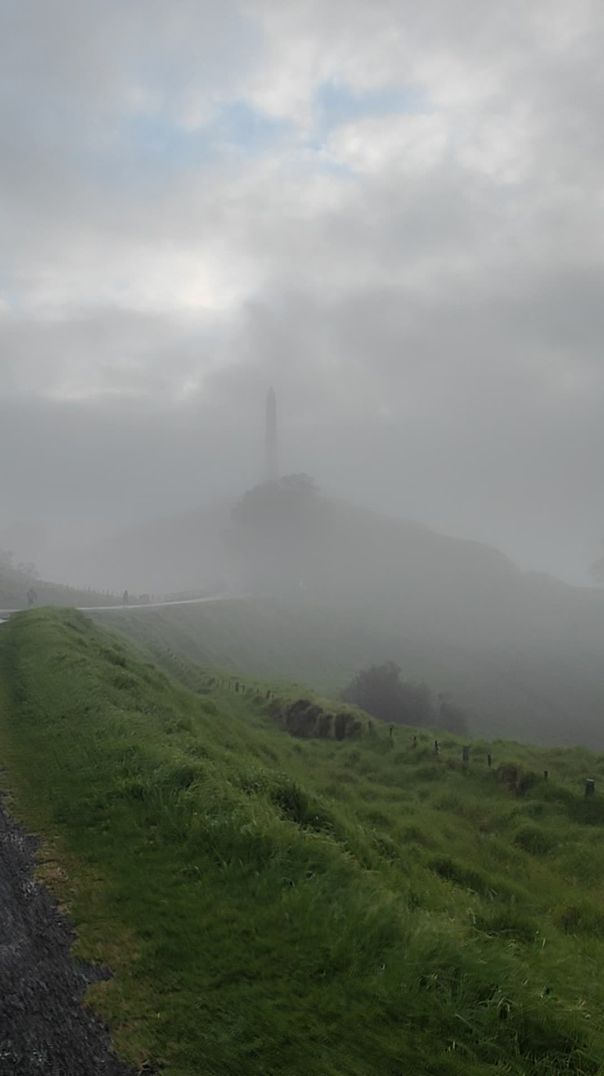
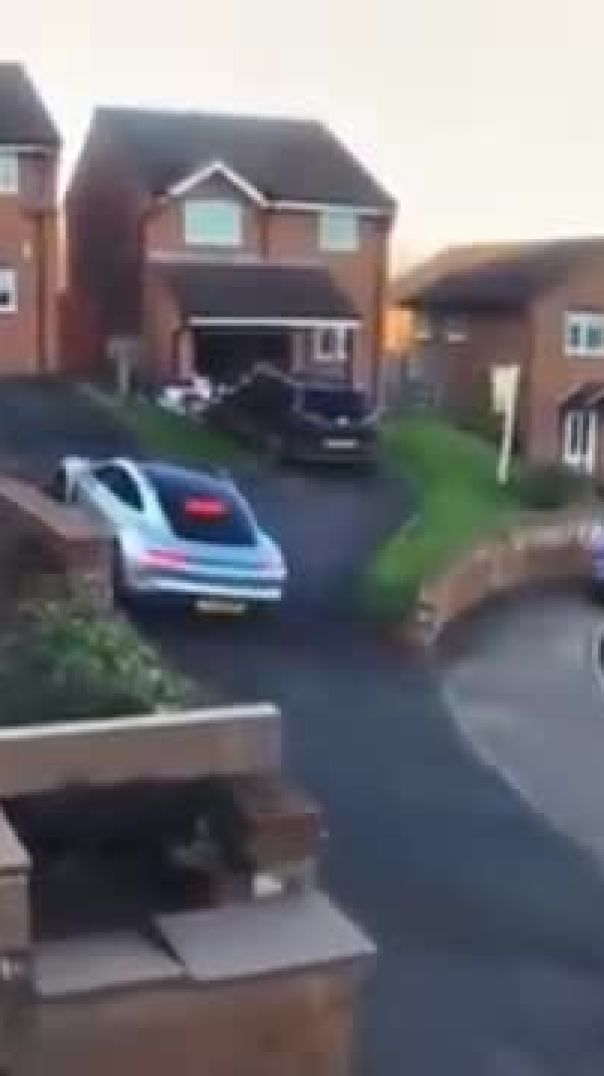





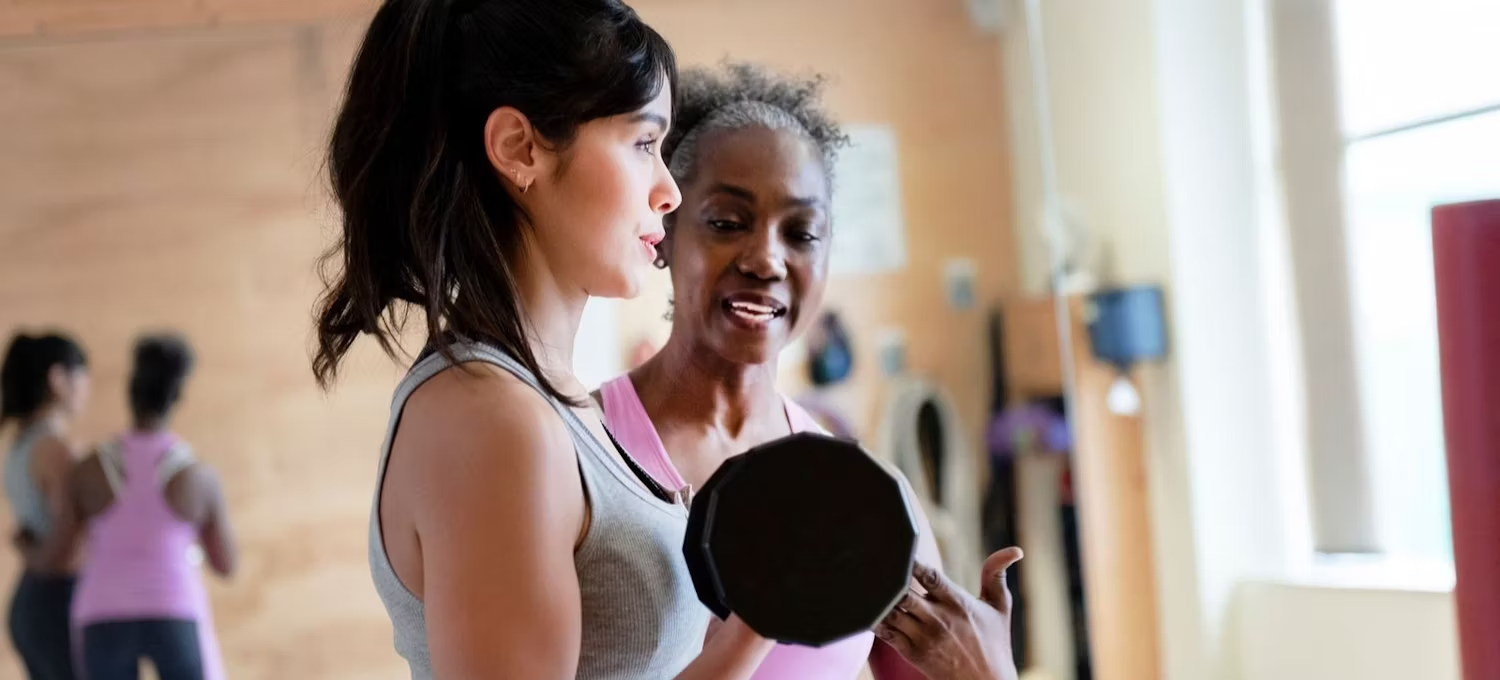
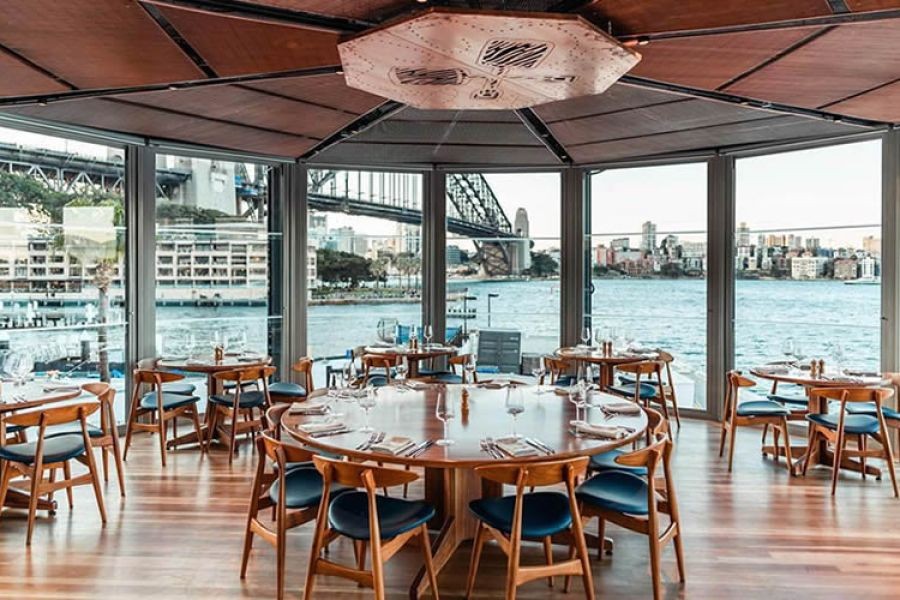



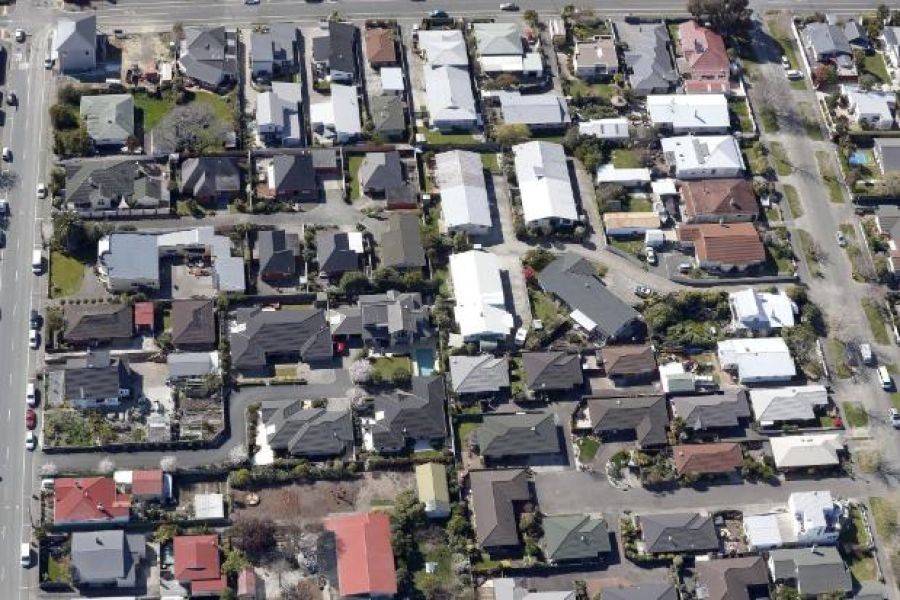
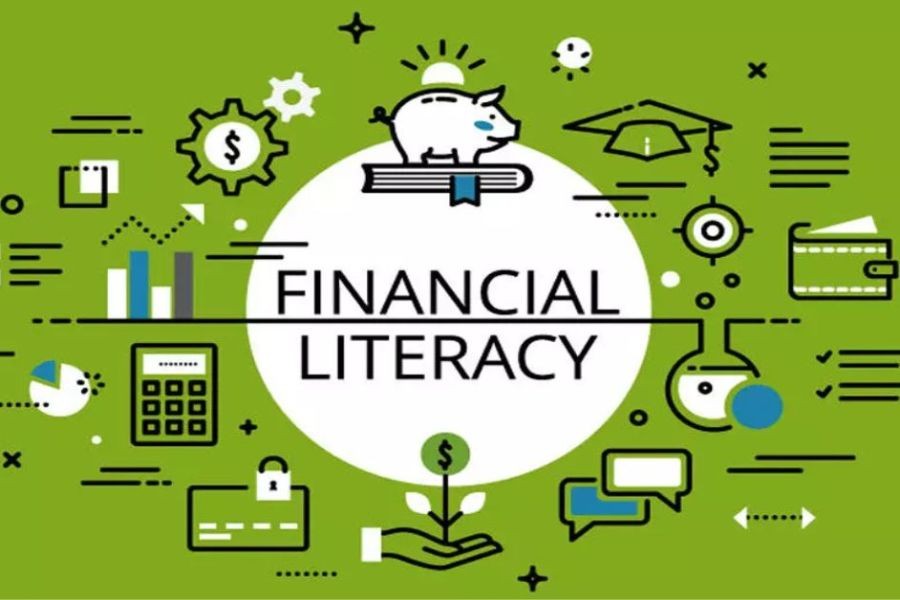
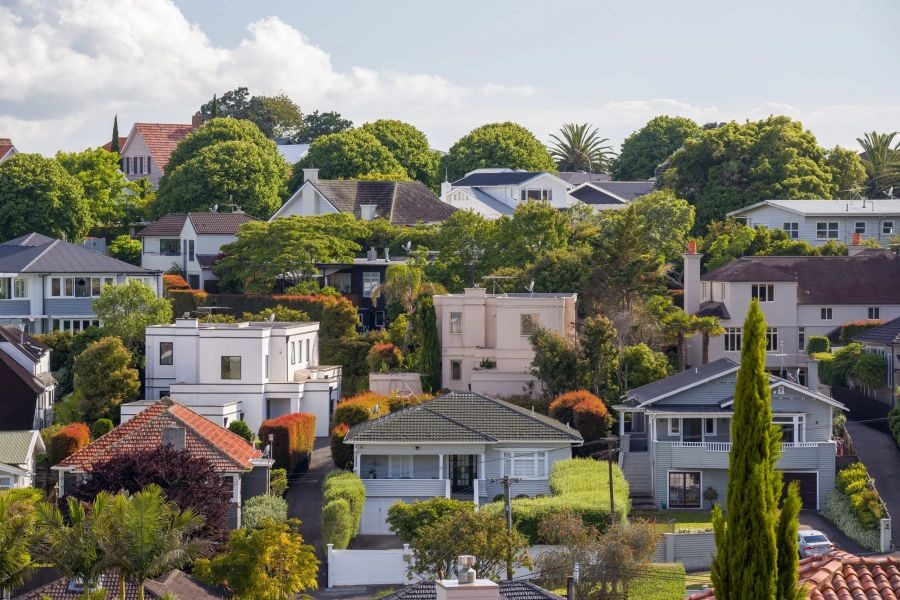


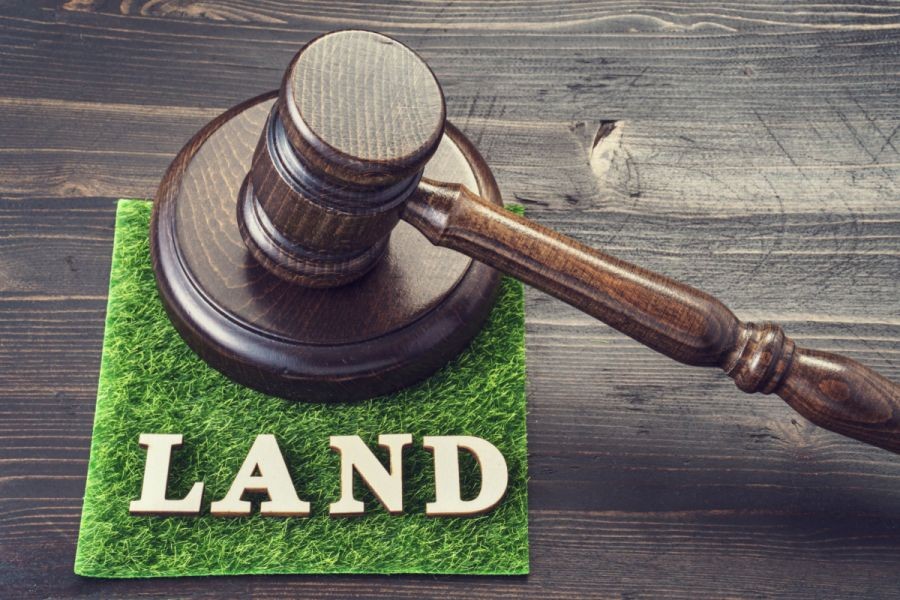
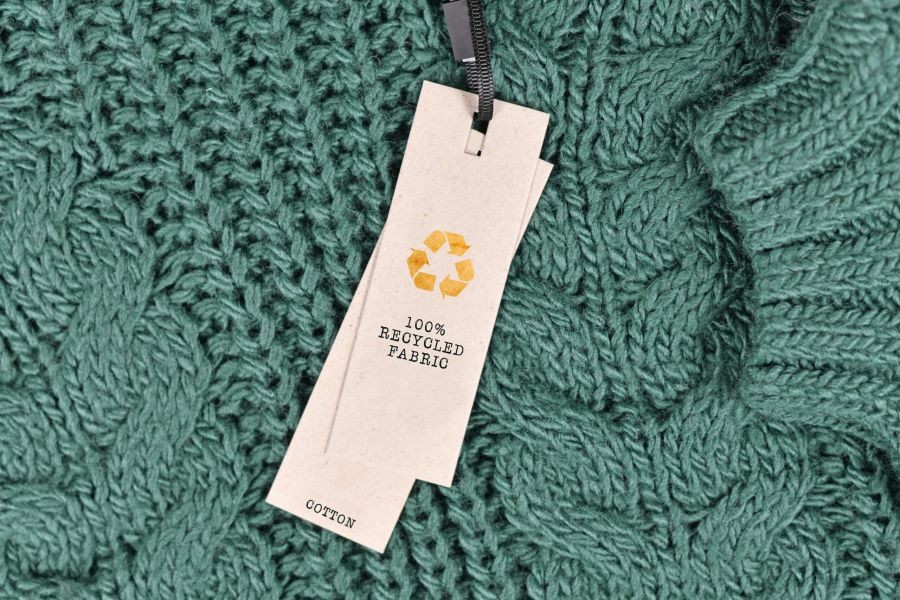

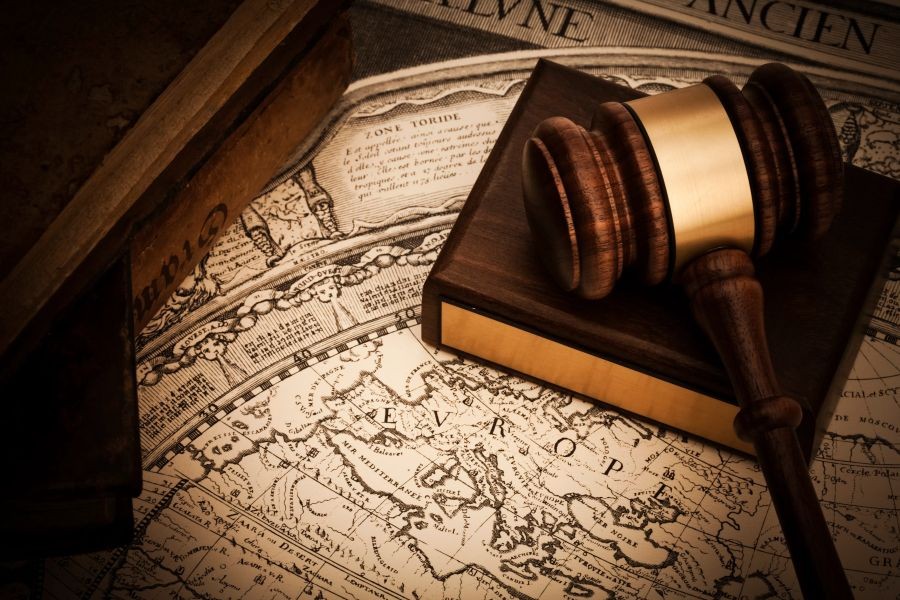
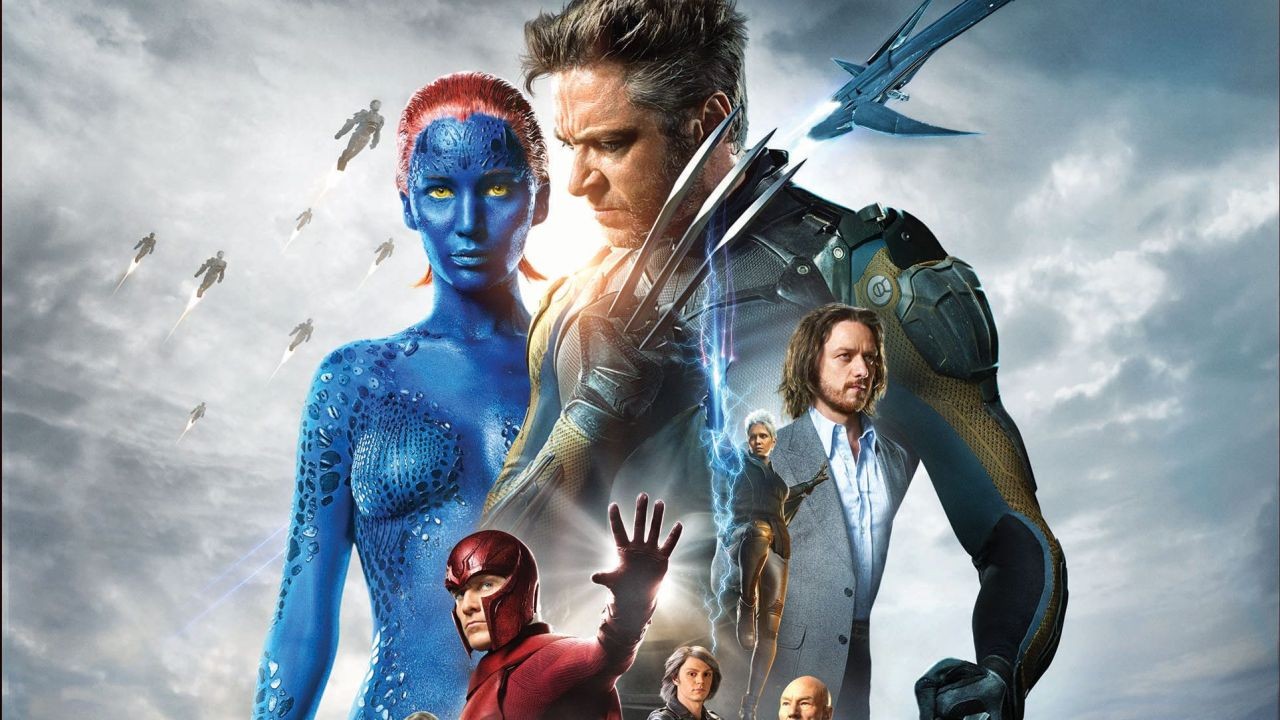


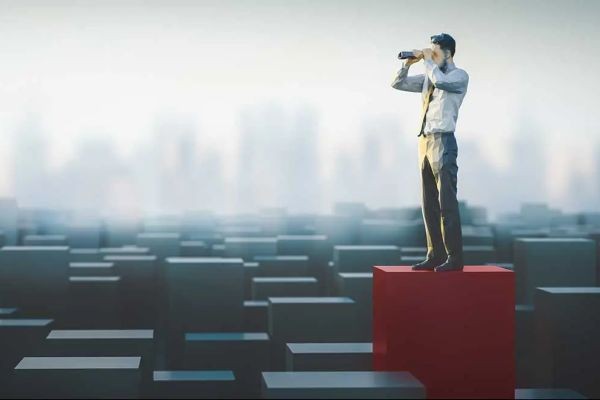

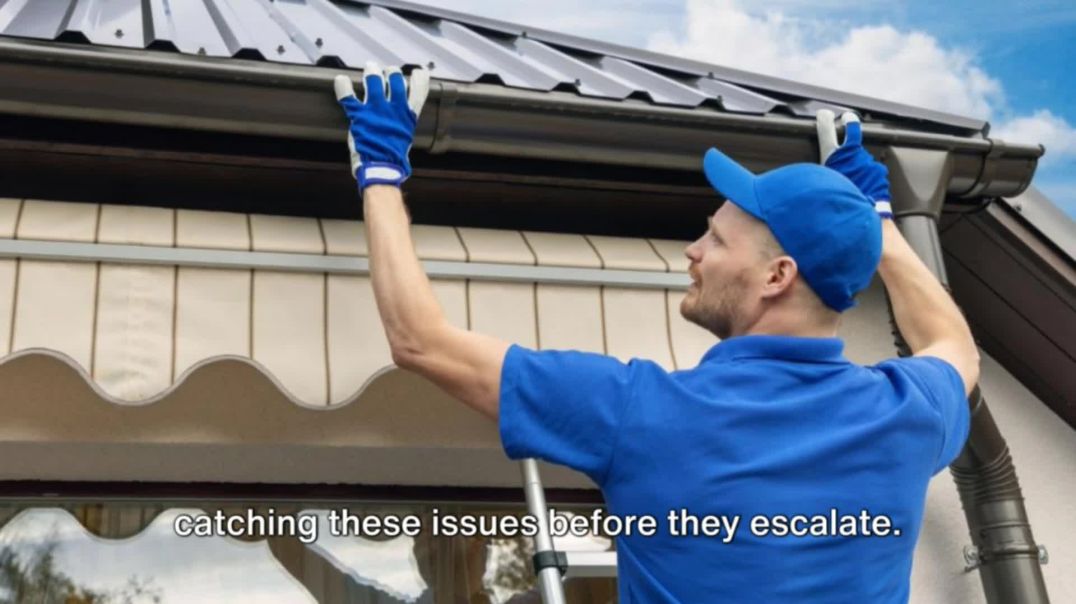


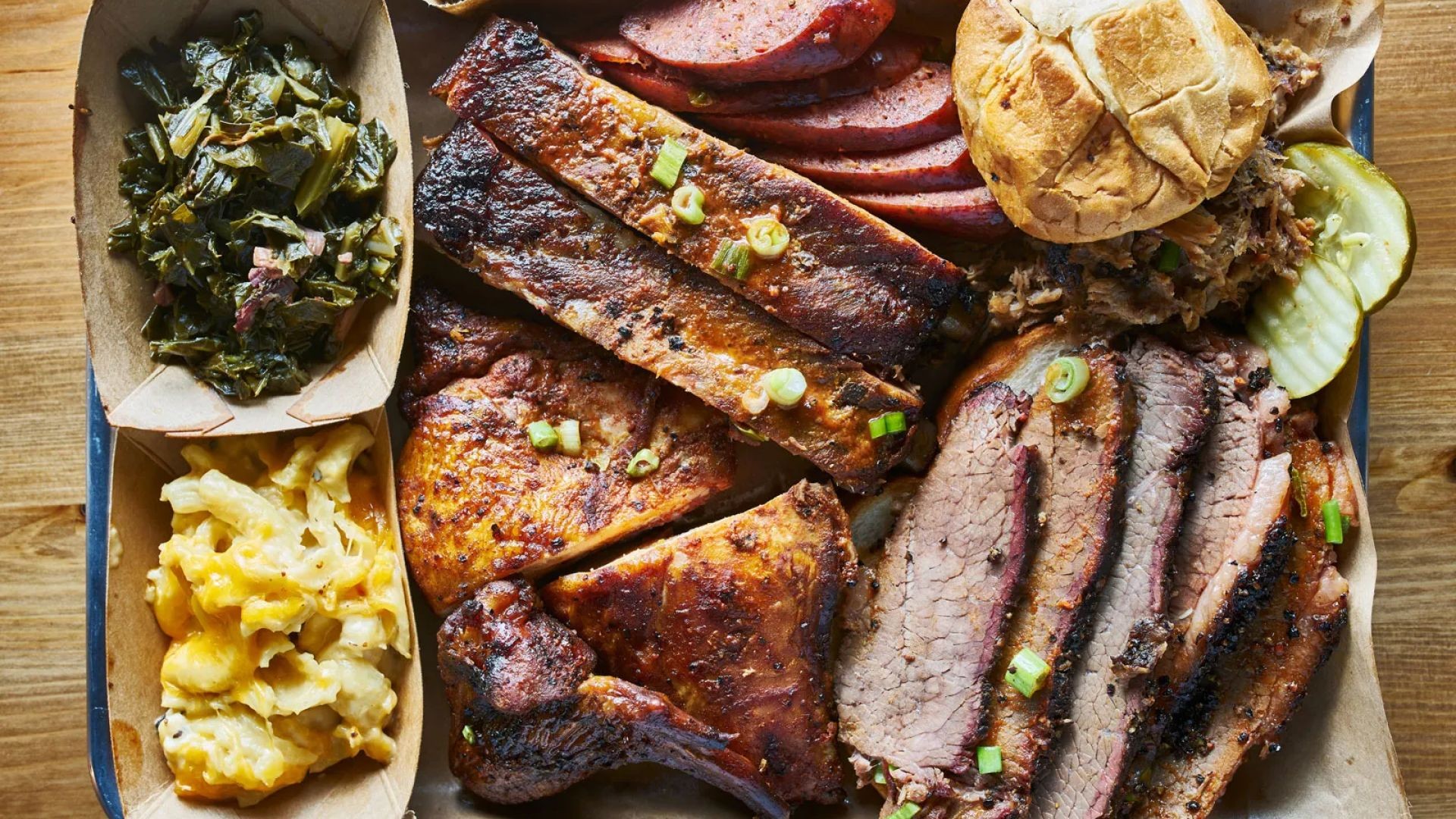

Cozy Hut
5 days ago